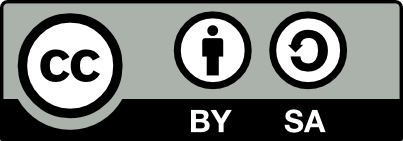Occurrence of cytostatic drugs in hospital wastewater
Fragment książki (Rozdział w monografii)
MNiSW
20
Poziom I
| Status: | |
| Autorzy: | Czerwiński Jacek, Skupiński Sebastian |
| Dyscypliny: | |
| Aby zobaczyć szczegóły należy się zalogować. | |
| Wersja dokumentu: | Drukowana | Elektroniczna |
| Arkusze wydawnicze: | 0,5 |
| Język: | angielski |
| Strony: | 53 - 62 |
| Bazy: | Google Scholar |
| Efekt badań statutowych | NIE |
| Materiał konferencyjny: | NIE |
| Publikacja OA: | TAK |
| Licencja: | |
| Sposób udostępnienia: | Witryna wydawcy |
| Wersja tekstu: | Ostateczna wersja opublikowana |
| Czas opublikowania: | W momencie opublikowania |
| Data opublikowania w OA: | 20 lipca 2020 |
| Abstrakty: | angielski |
| In recent years, a significant increase in the application of chemotherapeutic drugs is observed, along with their appearance in the environment (Santos et al., 2018; Souza et al., 2018). For many years, there were no standards regulating the limitations on the introduction of medicines to the environment. Significant amounts of these pollutants were discharged with municipal wastewater to treatment plants, which were not adapted for their removal. It was shown that the standard technologies are characterized by low efficiency in terms of removing active substances of drugs and their metabolites. Therefore, it is necessary to implement additional steps in the technological system of treatment plants, based on advanced oxidation processes such as ozonation and UV irradiation (Olalla et al., 2018). Moreover, numerous substances negatively impact the biotechnological processes, inhibiting biochemical reactions and multiplication of utilized microorganisms. Many studies on micropollutants focus only on the efficiency of their removal, not accounting for the hindrance of the entire process (Avella et al., 2010). Determinations of cisplatin, oxaliplatin, and carboplatin as well as their derivatives was carried out with ICP-MS method, using Agilent 8900 apparatus. The standard curve method and an external standard will be used. Mineralization in aqua regia will be performed in Mars microwave digestion system. In the case of the samples with high organic substances content, additional oxidizing media will be used if necessary (H2O2, HClO4). Concentration levels ranging from 0.7 to 185,7 μg·L-1 were obtained as a sum of analysed compounds. Determinations of iphosphamide and cyclophosphamide was carried out with HPLC-MS/MS method, using Agilent 1200 series HPLC and Q-trap 4000 MS/MS system. Results showed that cyclophosphamide was present in hospital wastewater in the range 375–5141 ng·L-1, while iphosphamide was present in some months in effluents from only one wastewater treatment plant and hospital effluents in the range 56–1413 ng·L-1. Results of our investigations (12 samples) are similar to the results presented. |

